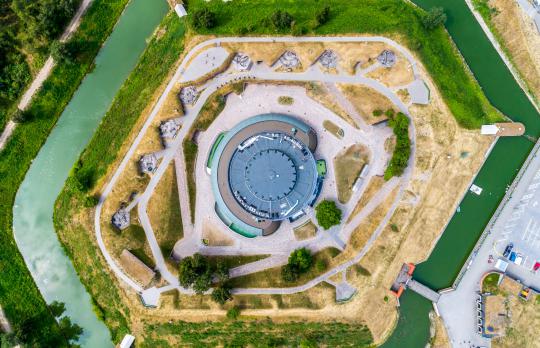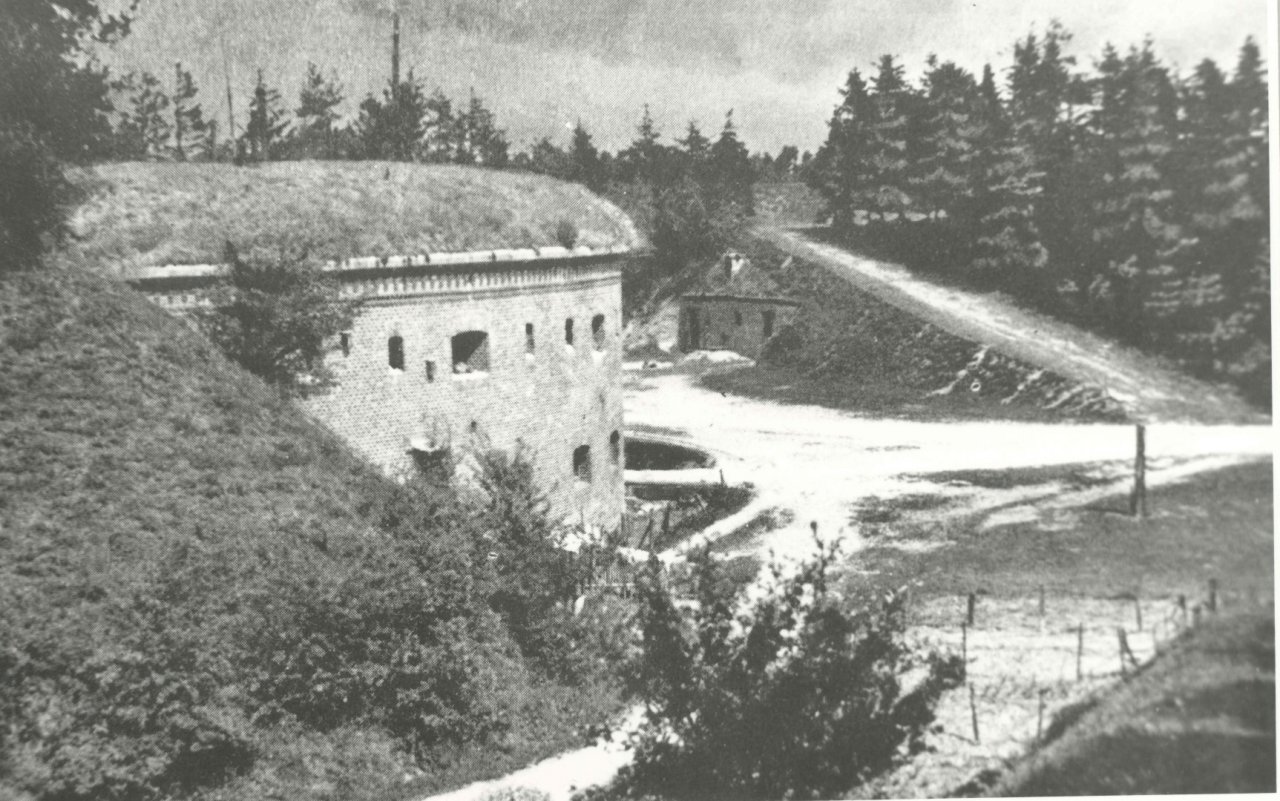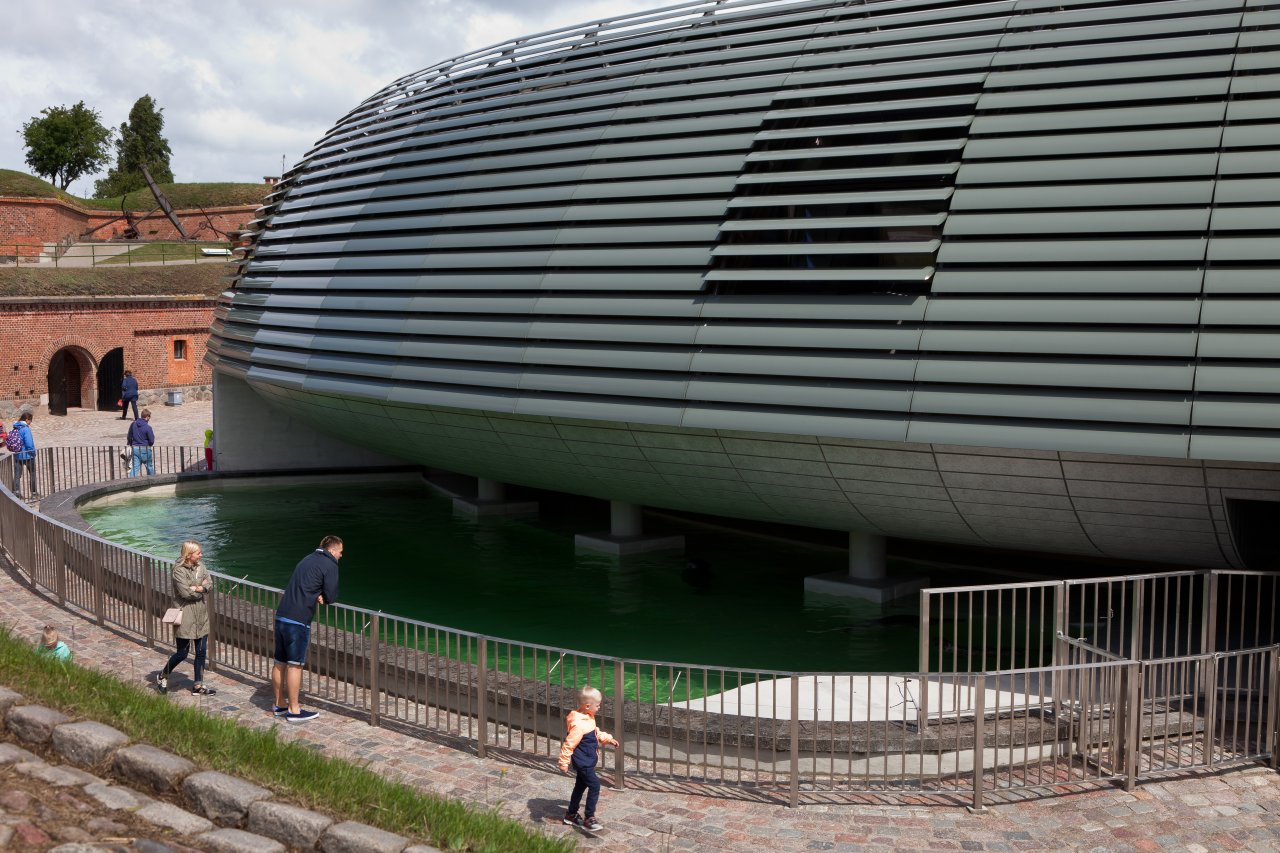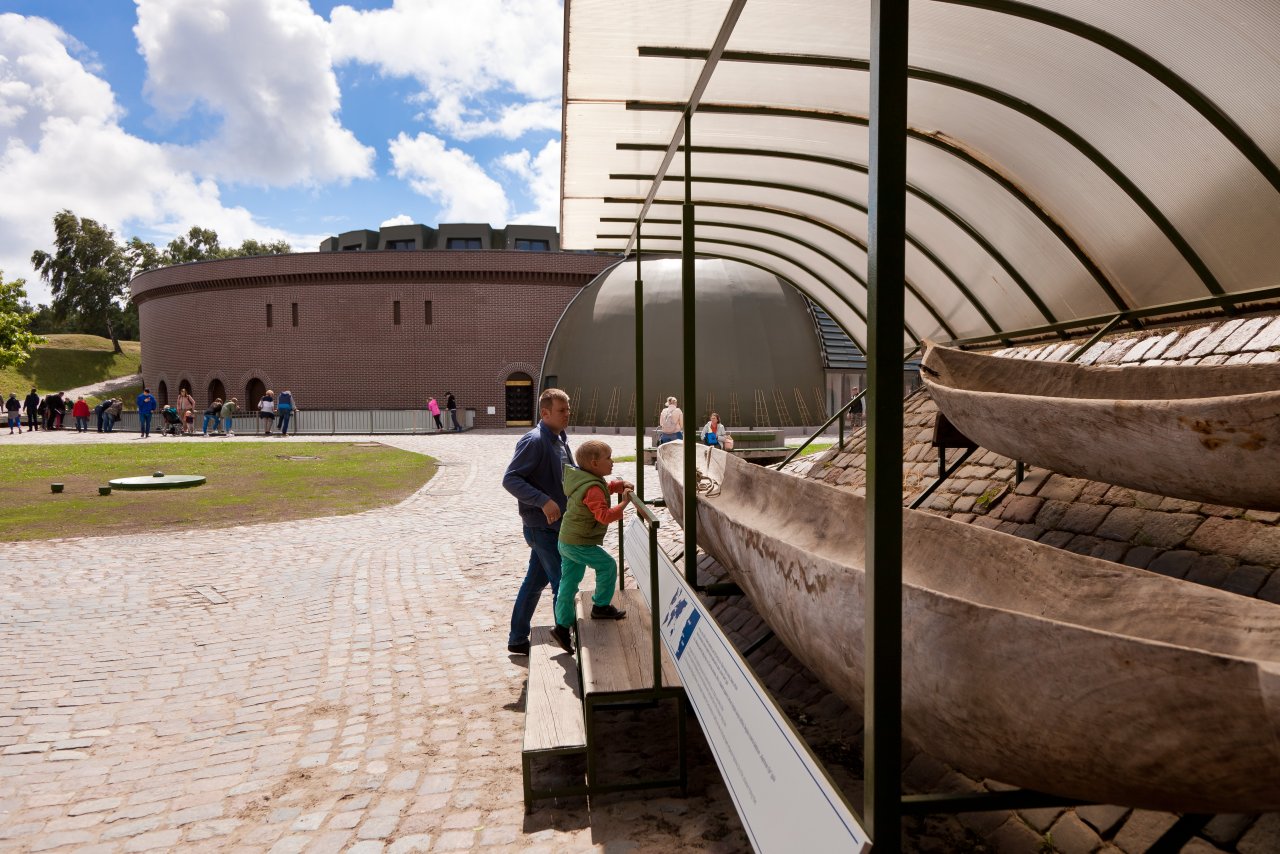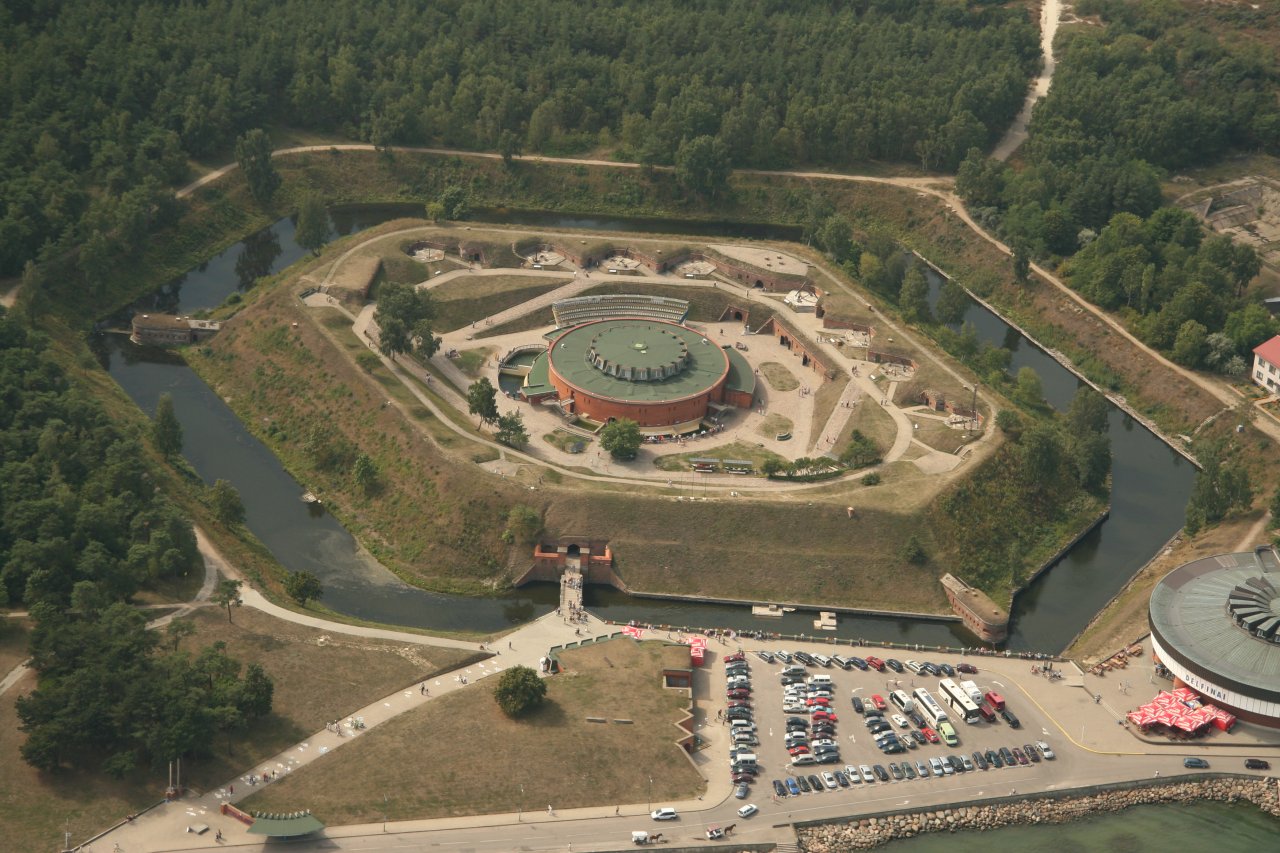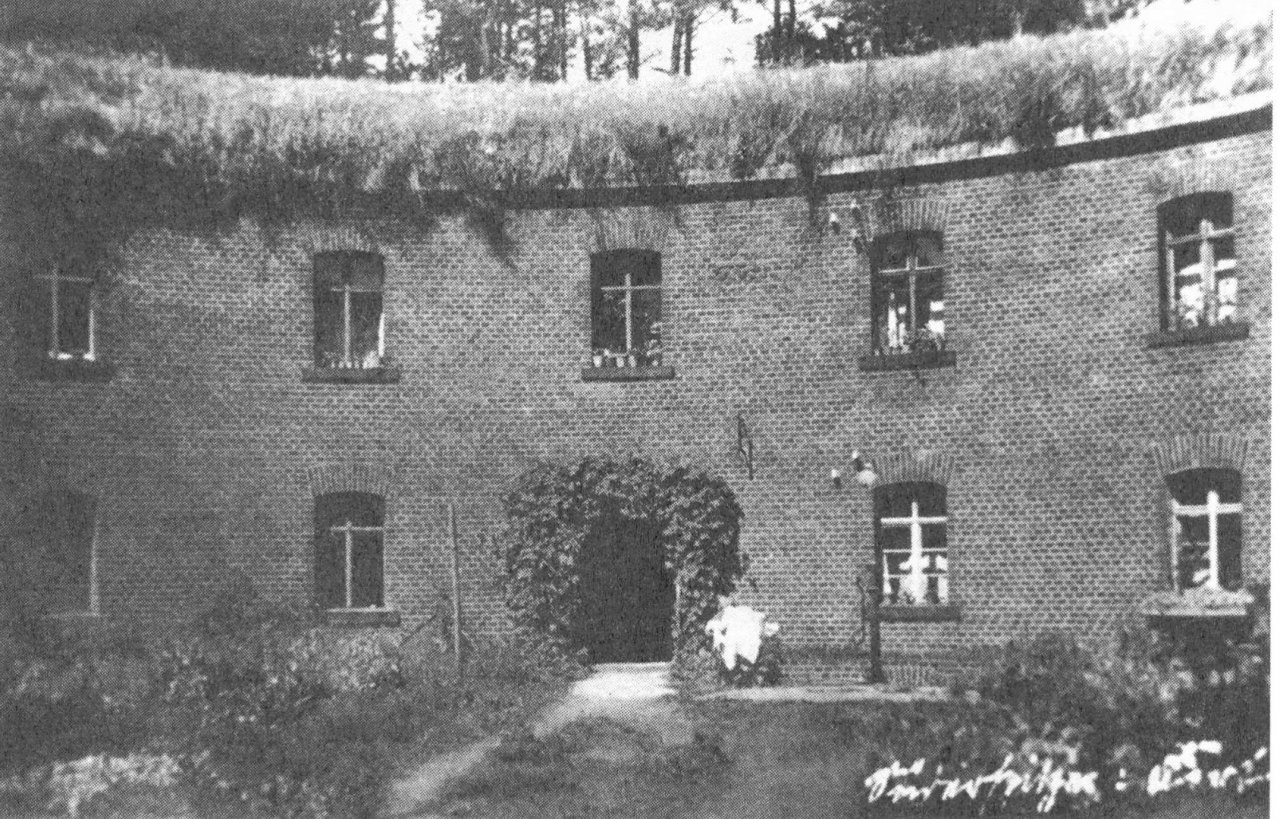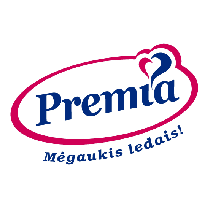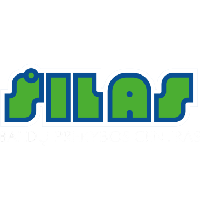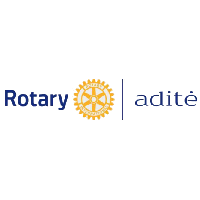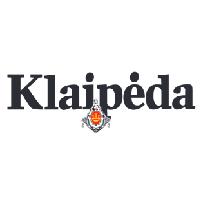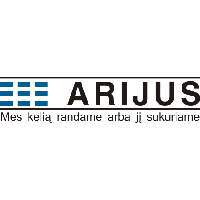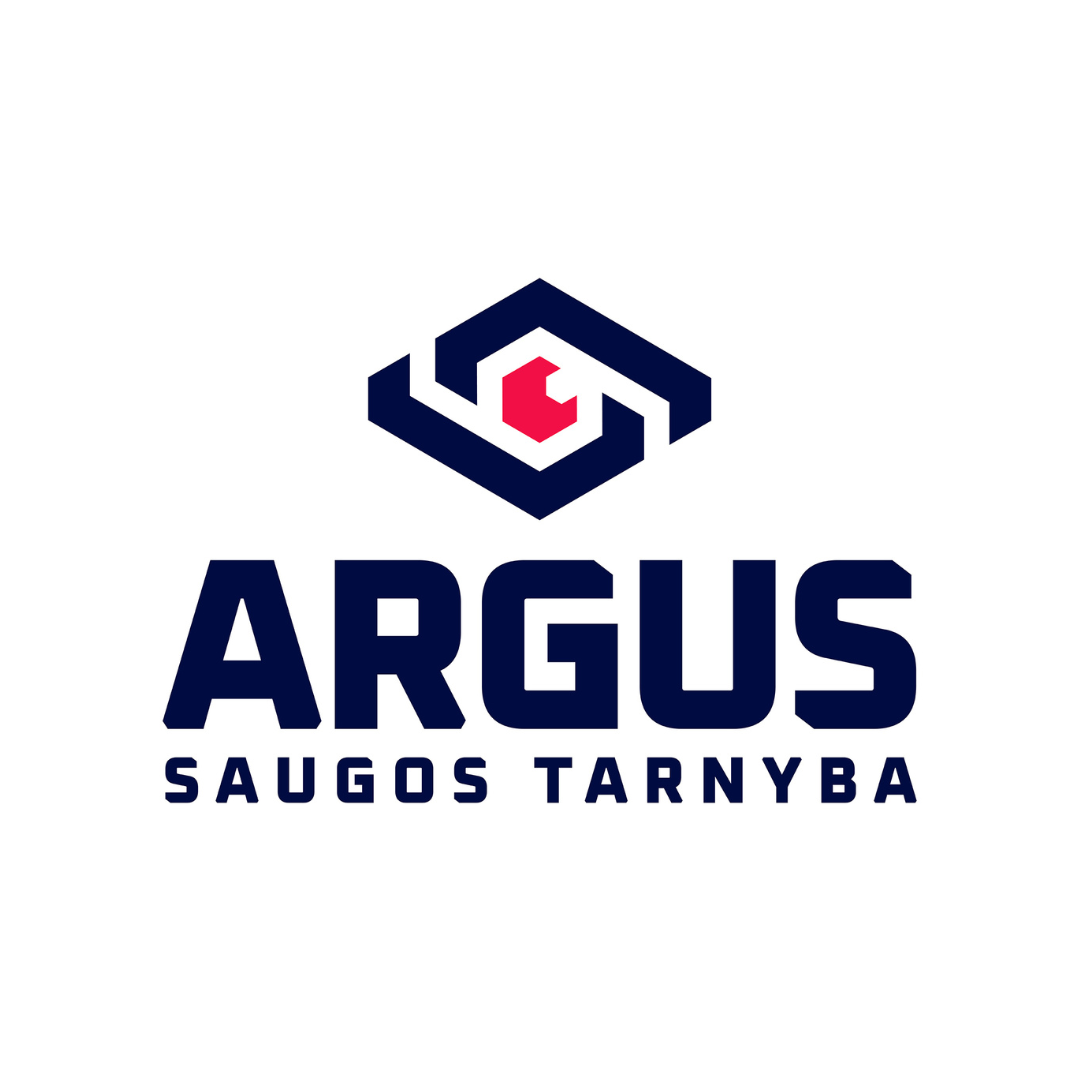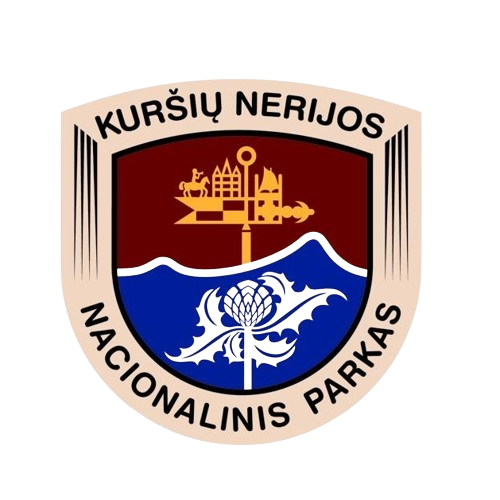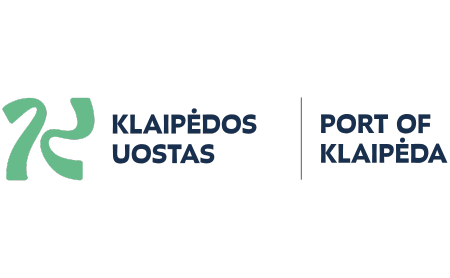The places where you can still find words like fosse, casemates, posterns, redoubts, caponiers is the Curonian Spit (Nerija) Fort, where the Lithuanian Sea Museum is situated since 1979. Construction of the Nerija Fort began in 1865 and continued intermittently until 1871. This fort, together with the Forest Fort, which was built on the mainland Klaipėda, was supposed to guard the sea gate – the entrance to Klaipėda port.
The defensive moat frames the hexagonal ramparts. The bridge is the only entrance to the fort. In the yard, there is a circular central redoubt, underneath the earthworks are casemates and gunpowder warehouses. Interesting, once the fort was built, it was never used for its intended purpose, except for a few days during World War I, when the city was occupied by Russian troops and it provided shelter for the townspeople seeking refuge. At the very end of the 19th century, the cannons were removed and the fort was handed over to the port. In the central redoubt, former rooms of solders were settled down by families of the port employees. During the interwar period, the defensive moat of the fort was connected to the lagoon, thus turning it into a harbour. Border police ships were moored there and boat rentals were operating nearby.
Since 1979, the central redoubt displays the exposition of the aquarium, the casemates and posterns as well as caponiers host expositions on the history of navigation.

